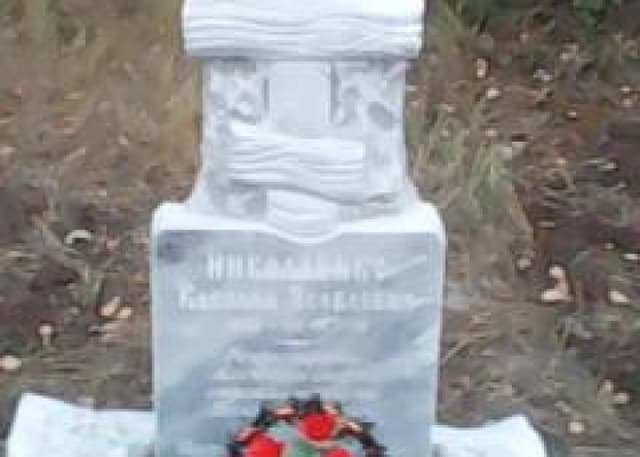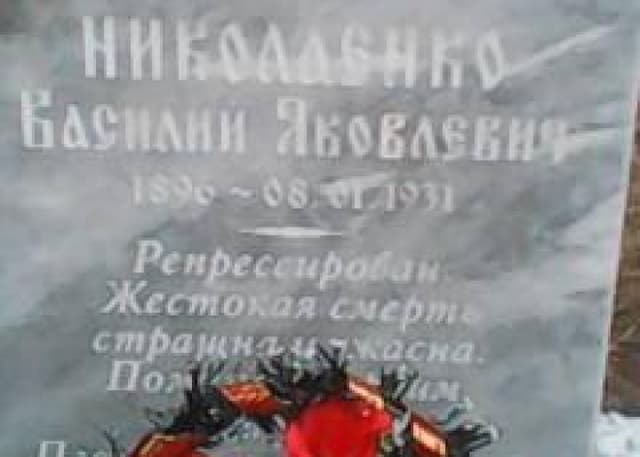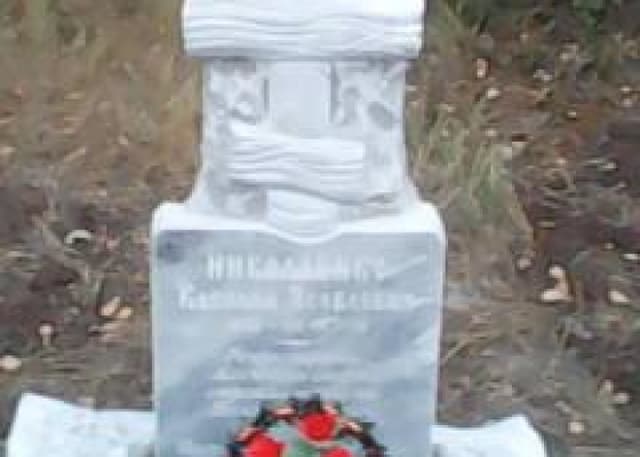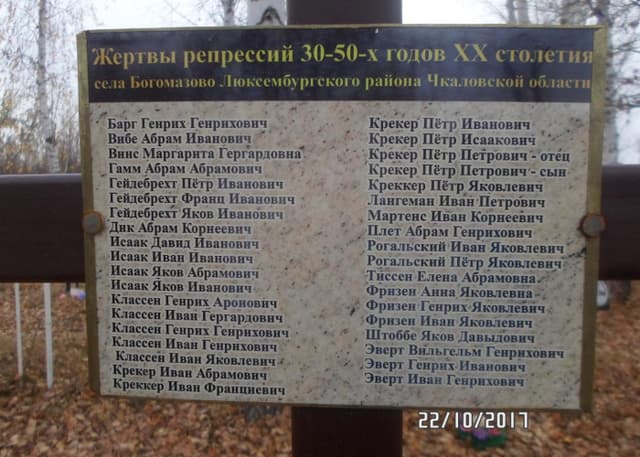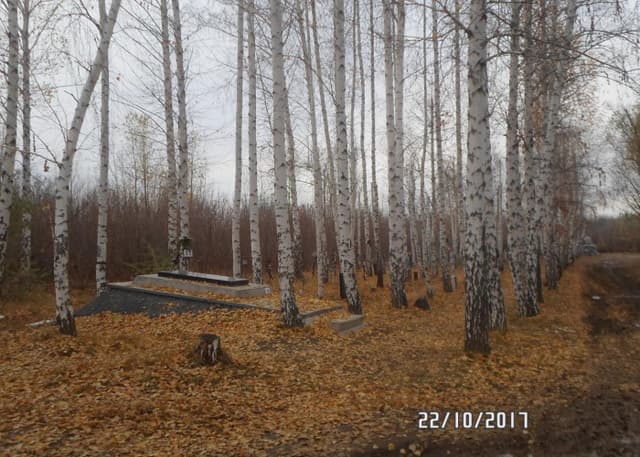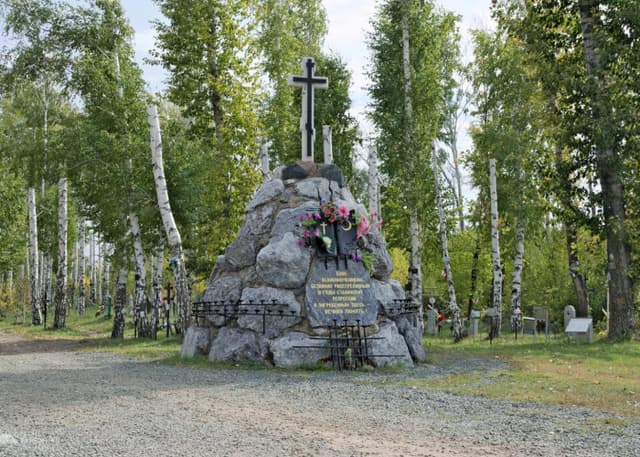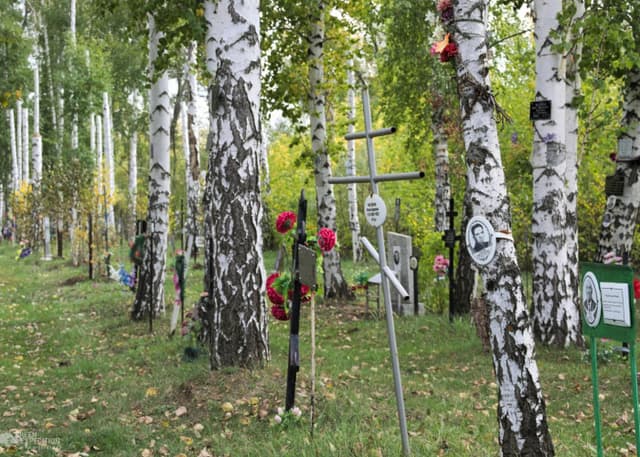Есть по дороге в зауралку одно интересное место, так называемый "Музей наскальных рисунков" собраных со всего мира Крючков Николай Гордеевич. Он больше 10 лет сам рисует и выбивает в камне эти рисунки на плитах, и все на свои деньки, на скромную пенсию. Ему даже разрешили выставить это композицию на большой поляне вокруг, но на это нужны
Monument to the memory of the repressed (Orenburg)
- Category
- Author:
- Editors:
- Views:13121
- Edited28 February 2024, 04:24
- Coordinates:
Photos
Description
The Transural Grove Monument is a memorial dedicated to the victims of political repression in the 20th century, located in the southern part of the city of Orenburg, Russia. Opened on July 11, 1993, it is a small mound made of granite stones with an Orthodox cross installed on top. There is a memorial plaque on the monument with the inscription:
“To you, the great martyrs, innocently executed during the years of Stalin’s repressions and buried here, eternal memory.”
Although the exact details of the events that took place at this site may not be fully established, it is known that during the period of mass political repression in the USSR, about 8,000 people (according to some sources 7,414 people) were buried here, mainly in 1937-1938. Most of them were shot or sent to Gulag camps. According to official statistics alone, about 26 thousand Orenburg residents were listed among the victims of political repression.
Historical reference
In the early 1920s, on the site where the memorial in Transural Grove is now located, burials of those killed or executed in prisons took place. Later this place was transferred to the control of the NKVD. The territory was fenced with a high fence with barbed wire, and sentry towers and guard posts were installed. The Ural Yacht Club holiday home, located nearby, belonged to the NKVD since 1930.
During the reconstruction period in the 50s, most of the buildings were destroyed, the fence was removed, and the territory was transferred to the city of Orenburg. A birch grove was planted on the site of the former burials.
During the spring flood in the 50s, water overflowed the banks of the Ural River, flooding nearby areas. The shore was washed away, exposing dozens of bones and human remains. To solve the problem, an immediate decision was made - the bank was restored by pouring new soil, and a new channel was dug for the river.
